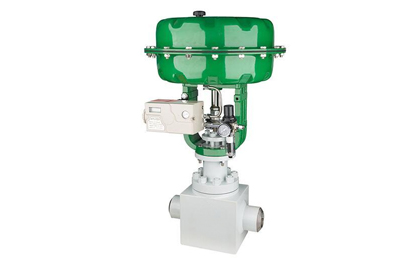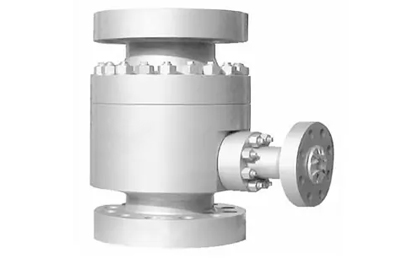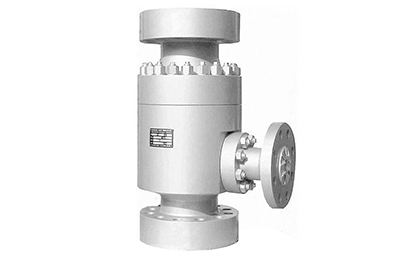1. Overview
In order to meet the flow requirements of the process, the flow of the centrifugal pump system fluctuates within a certain range, and too small a flow rate often causes the temperature of the centrifugal pump to be too high, the operation is unstable, and a lot of noise is generated. Therefore, an automatic circulating pump protection valve is installed at the outlet of the centrifugal pump to prevent the backflow of the medium, and to realize the small flow of the system to maintain the minimum flow required for the normal operation of the pump, which improves the efficiency of the pump and reduces the failure of the pump.
2, pump protection system performance analysis Pump protection system has three main forms.
Pump protection system with unregulated bypass regulator.
Conventional pump protection system.
Pump protection system with automatic circulating pump protection valve. After analysis and comparison, the protective valve of automatic circulating pump has good performance because of its functions such as flow sensing, check, bypass control and multistage decompression.
3. Working principle
The main valve of the protective valve of the automatic circulating pump is the lift check valve. The main valve from the full close to the full open process, the medium continues to flow from the valve body inlet, overcome the role of the spring force, from the main outlet of the valve cover, while the valve flap rises to drive the left end of the lever rise. According to the lever principle, the right end of the lever is lowered, and the needle valve is lowered under the action of dead weight and medium force. When the main valve is fully open, the needle valve is fully closed, and the flow channel B is closed. The pressure difference between the D cavity and the C cavity causes the throttle piston to shift to the right, and the flow channel A is closed to stop the bypass reflux







